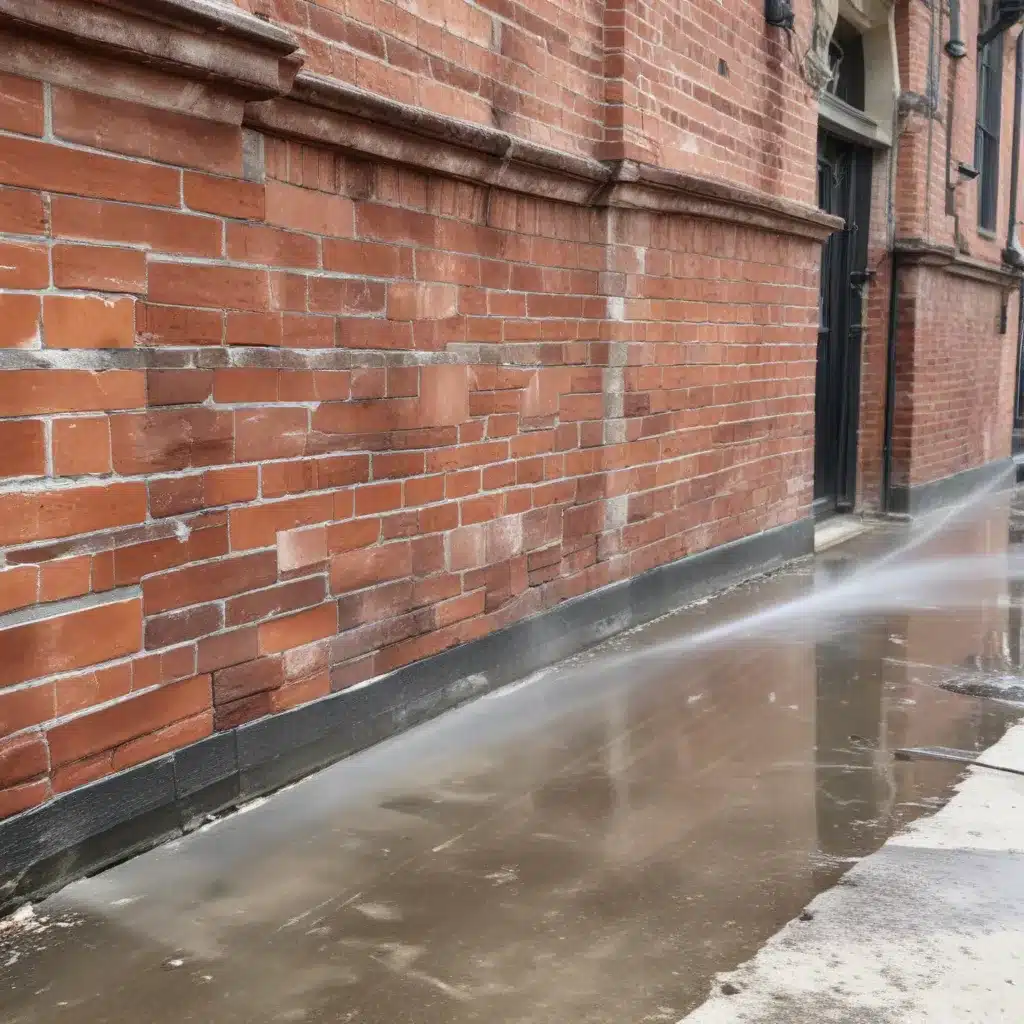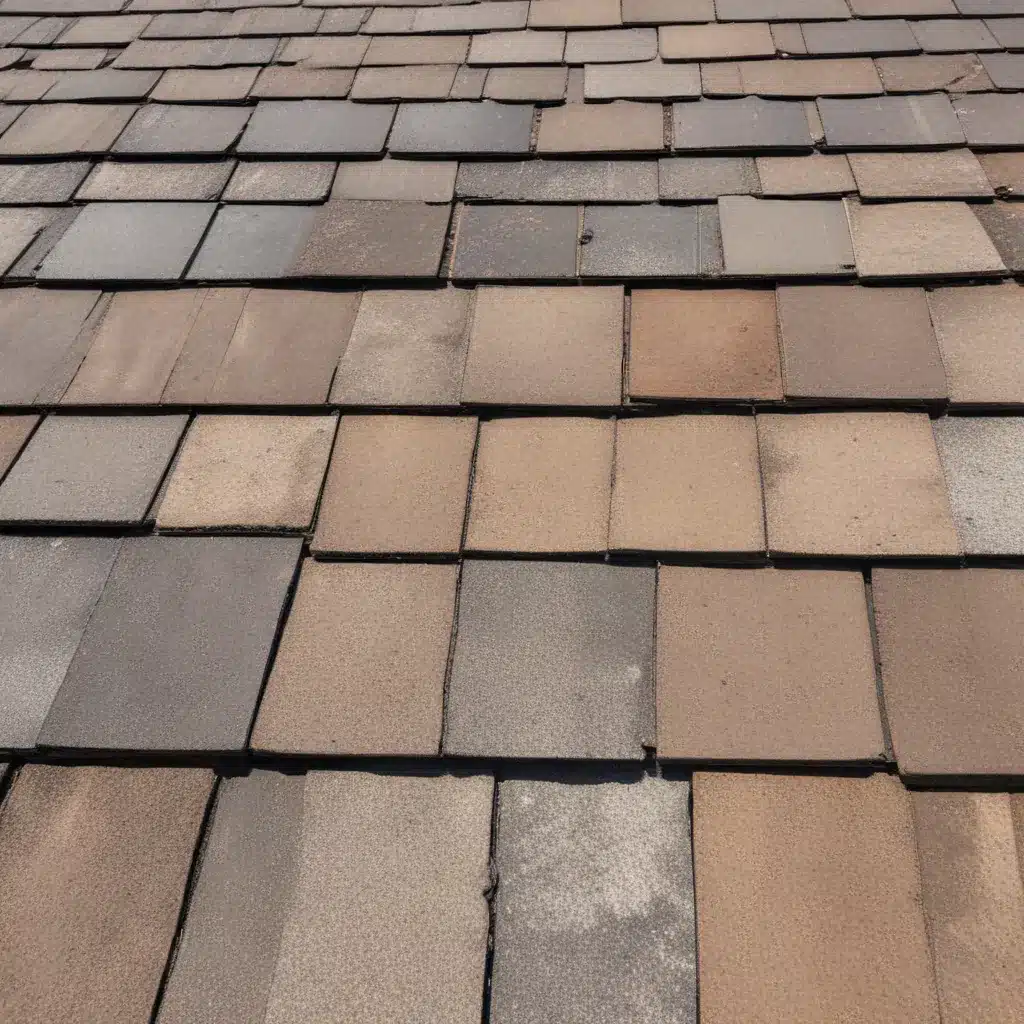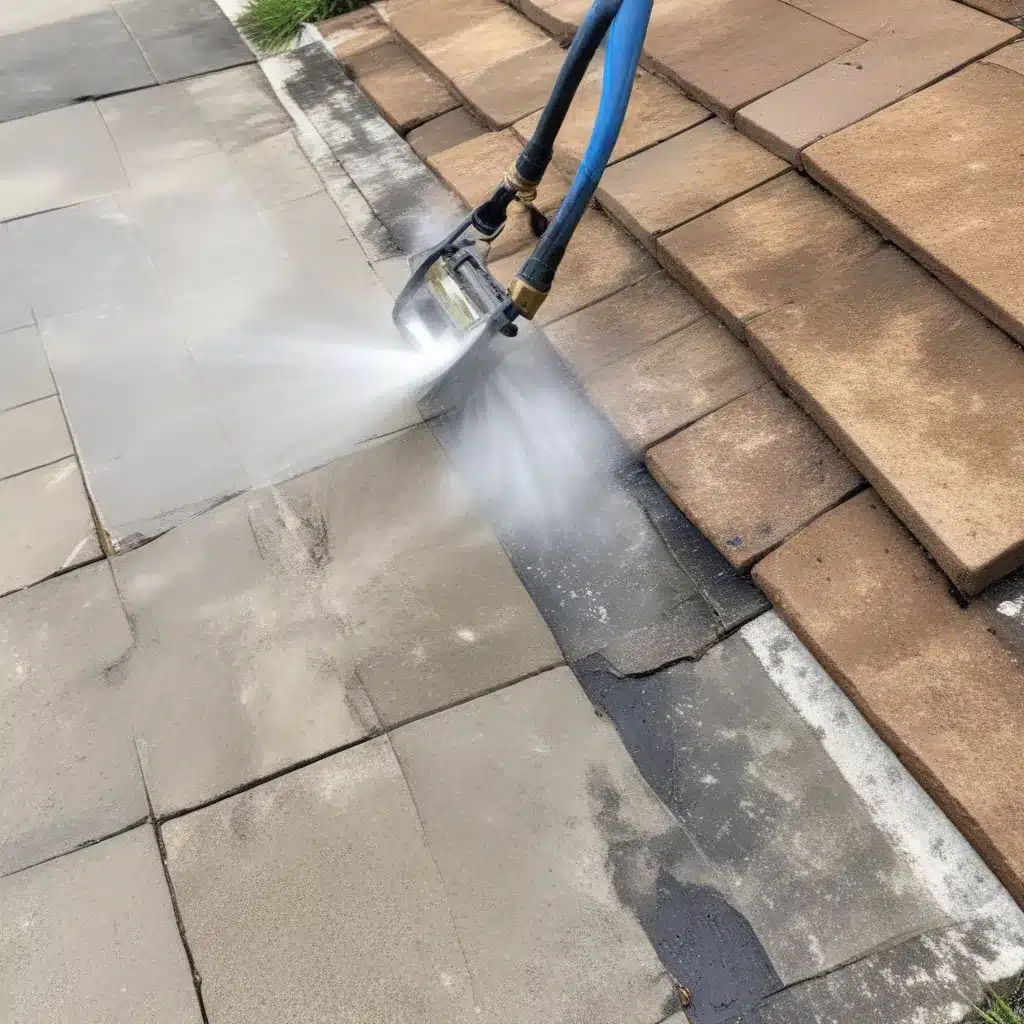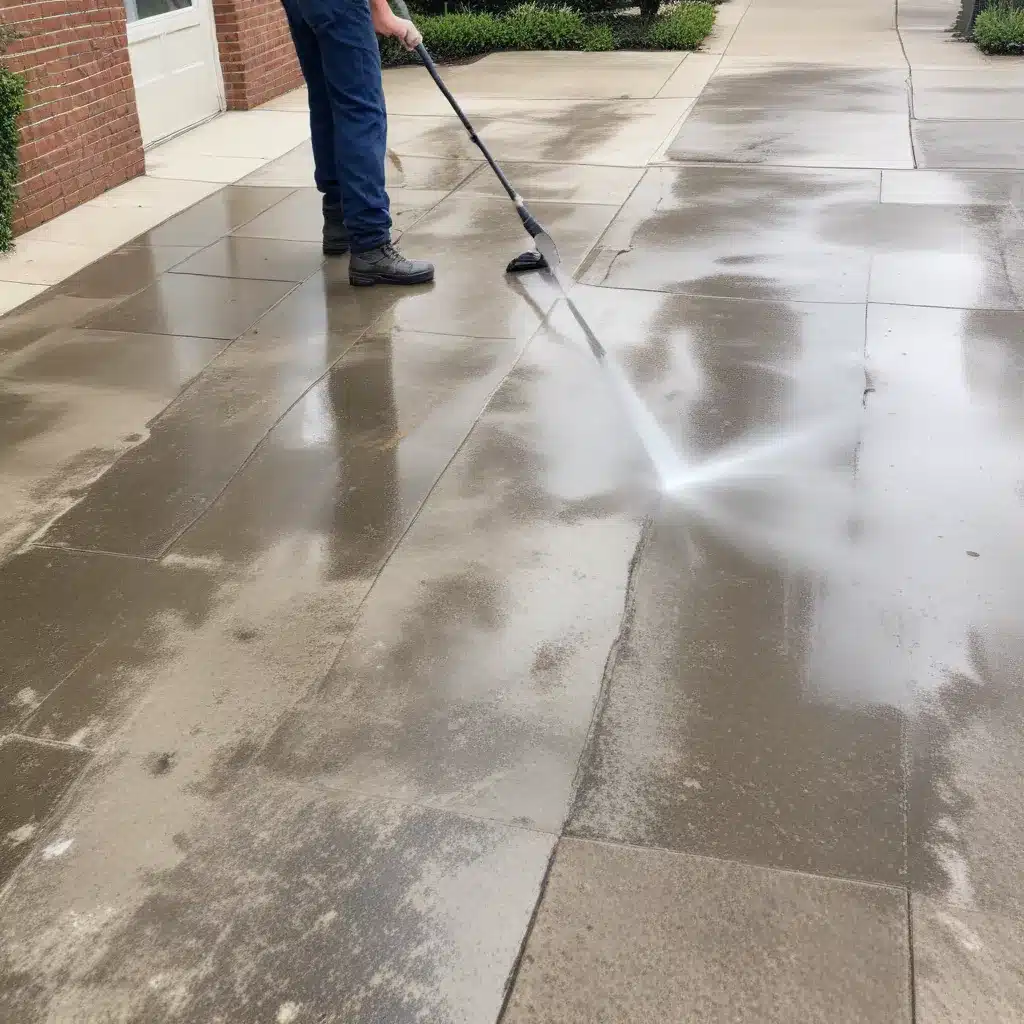
Navigating Local Regulations and Eco-Friendly Practices in St. Louis
Maintaining the architectural integrity and timeless beauty of historic buildings in St. Louis requires a delicate balance of meticulous care and compliance with local regulations. As the city’s property owners and managers strive to preserve the past, they must navigate a complex landscape of best practices, cost-effective strategies, and environmentally responsible cleaning methods.
In the heart of the Midwest, St. Louis boasts a rich tapestry of historic structures, each with its own unique character and cultural significance. From grand Victorian mansions to stately brick townhouses, these architectural gems demand specialized attention to ensure they withstand the test of time. Pressure washing, when done with the utmost care and precision, can be a valuable tool in the preservation of these historic landmarks.
Regulatory Compliance: Navigating the St. Louis Landscape
The city of St. Louis takes great pride in its historic buildings, and as such, has implemented a comprehensive set of regulations and guidelines to govern the maintenance and cleaning of these structures. Property owners and managers must familiarize themselves with the local ordinances to ensure their pressure washing efforts align with the city’s preservation objectives.
One of the key regulations in St. Louis is the use of approved cleaning solutions and techniques. The city’s environmental protection agency has strict guidelines on the types of detergents, solvents, and other chemicals that can be used on historic facades. Failure to adhere to these regulations can result in hefty fines and potential legal consequences.
Table 1: Approved Pressure Washing Chemicals and Solvents for Historic Structures in St. Louis
| Product | Permitted Use | Prohibited Use |
|---|---|---|
| Mild Detergents | Gentle cleaning of stone, brick, and wood surfaces | – |
| Biodegradable Degreasers | Removing stubborn oil and grease stains | – |
| Diluted Vinegar Solutions | Neutralizing acidic deposits | – |
| Hydrogen Peroxide | Disinfecting and bleaching | – |
| Ammonia-Based Cleaners | – | Cleaning delicate limestone or marble |
| Chlorine Bleach | – | Discoloring or eroding historic materials |
| Harsh Solvents | – | Dissolving or damaging historic finishes |
In addition to the approved chemical products, the city of St. Louis also regulates the pressure and water flow rates used during the cleaning process. Excessive pressure can lead to the erosion of delicate masonry or the removal of historic finishes, compromising the building’s structural integrity and aesthetic appeal. Property owners must work closely with experienced pressure washing professionals to ensure the appropriate settings are used for each project.
Cost-Effective Strategies: Balancing Preservation and Budgets
Maintaining historic structures in St. Louis can be a significant financial undertaking, and property owners must carefully consider the costs associated with pressure washing and other exterior cleaning services. However, with a strategic approach, it is possible to achieve high-quality results while staying within budget.
One of the keys to cost-effective historic pressure washing is scheduling regular maintenance. Proactive cleaning can prevent the buildup of grime, mold, and other damaging elements, which can ultimately save property owners from the need for more extensive and costly restorations down the line. By incorporating pressure washing into their annual maintenance routines, owners can ensure the longevity of their historic buildings while minimizing the financial burden.
Additionally, property owners may be eligible for various preservation grants and tax incentives offered by the city of St. Louis and state-level organizations. These programs are designed to support the restoration and maintenance of historic structures, providing much-needed financial assistance to offset the costs of pressure washing and other exterior cleaning services.
Table 2: Average Cost Estimates for Historic Pressure Washing in St. Louis, MO (as of September 2024)
| Service | Cost per Square Foot |
|---|---|
| Basic Pressure Washing | $0.50 – $1.25 |
| Soft Washing (Detergent-Based) | $0.75 – $1.50 |
| Specialized Cleaning (Limestone, Marble) | $1.25 – $2.50 |
| Graffiti Removal | $2.00 – $4.00 |
It’s important to note that these cost estimates are subject to various factors, including the size and complexity of the project, the specific materials and techniques required, and the level of accessibility to the building’s exterior. Property owners are encouraged to obtain multiple quotes from reputable pressure washing companies in the St. Louis area to ensure they receive the most competitive and comprehensive services.
Eco-Friendly Practices: Preserving the Past, Protecting the Future
As the city of St. Louis continues to prioritize sustainability and environmental responsibility, historic property owners must also consider the impact of their pressure washing efforts on the local ecosystem. By embracing eco-friendly cleaning practices, these property owners can safeguard the historic character of their buildings while minimizing their carbon footprint and preserving the natural resources of the region.
One of the key eco-friendly considerations in historic pressure washing is the use of low-impact cleaning solutions. As mentioned earlier, the city’s regulations prohibit the use of harsh chemicals and solvents that can harm the environment or damage the building’s materials. Instead, property owners should opt for biodegradable, plant-based cleaners that are gentle on the surfaces while effectively removing dirt, grime, and other contaminants.
Another important aspect of eco-friendly pressure washing is the responsible management of wastewater. Historic buildings often have complex drainage systems, and the disposal of contaminated water can pose a significant challenge. Property owners must work closely with their pressure washing contractors to ensure the proper containment and disposal of wastewater, in compliance with local environmental regulations.
Table 3: Eco-Friendly Pressure Washing Products and Practices for Historic Structures in St. Louis
| Category | Recommended Products/Practices |
|---|---|
| Cleaning Solutions | Vegetable-based detergents, citrus-based degreasers, hydrogen peroxide-based disinfectants |
| Water Conservation | Low-flow pressure washing equipment, water reclamation systems |
| Wastewater Disposal | Proper containment and filtration, compliance with municipal sewer and stormwater regulations |
| Waste Management | Recycling or proper disposal of used materials, minimizing single-use plastics |
| Equipment Maintenance | Regular servicing and tune-ups to optimize efficiency and extend equipment lifespan |
By embracing these eco-friendly practices, historic property owners in St. Louis can demonstrate their commitment to environmental stewardship while preserving the architectural legacy of the city. This holistic approach to pressure washing not only safeguards the historic structures but also contributes to the overall sustainability of the community.
Conclusion
Pressure washing historic structures in St. Louis requires a delicate balance of regulatory compliance, cost-effective strategies, and environmentally responsible practices. By working closely with experienced pressure washing professionals and staying up-to-date with the city’s regulations, property owners can ensure the long-term preservation of these architectural treasures while minimizing the financial and environmental impact.
Through a comprehensive understanding of the local guidelines, a strategic approach to cost management, and a steadfast commitment to eco-friendly cleaning methods, the owners and managers of historic buildings in St. Louis can play a vital role in safeguarding the city’s rich cultural heritage. By embracing these best practices, they can continue to revitalize and maintain the iconic structures that define the character of this Midwestern metropolis.
To learn more about pressure washing services and property maintenance solutions in St. Louis, visit https://pressurewashstlouis.com/.






